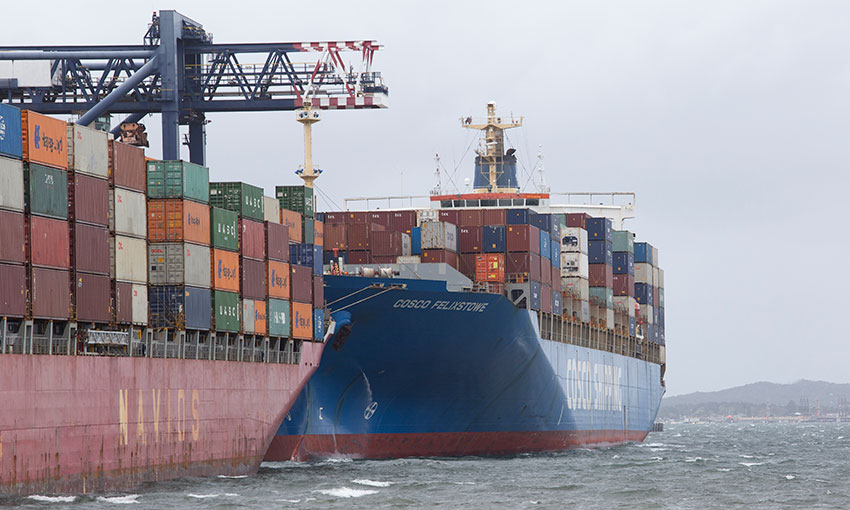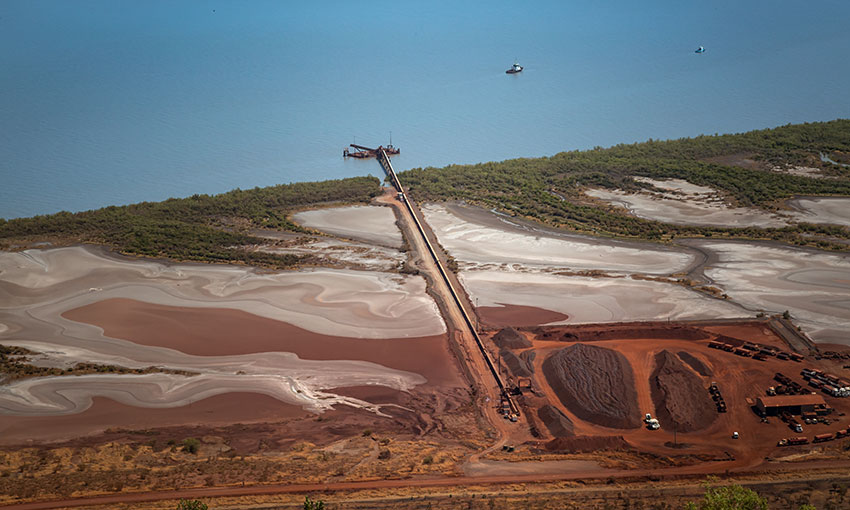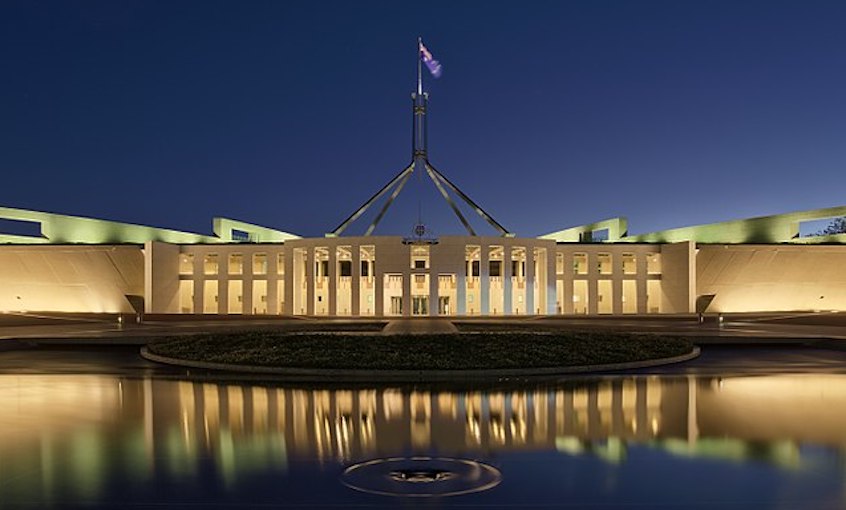THE Independent review of the New South Wales Ports and Maritime Administration Act and the Port Botany Landside Improvement Strategy has released a paper outlining options to change the PBLIS.
The review heard “no compelling argument for broad changes to the scope and purpose of the act, nor found any reasons to propose broad changes”, the independent reviewer, Ed Willett wrote in the forward to the options paper.
The review outlined 15 options to improve the act to support safety, efficiency and effective governance arrangements for maritime and ports.
Turning to the PBLIS, Mr Willett wrote that it is essential to ensure appropriate regulatory frameworks are in place, given the importance of Port Botany as a nationally significant trade gateway.
“PBLIS was implemented 12 years ago to address serious congestion problems driven by poor landside performance,” he wrote.
By penalising poor performance, PBLIS provided incentives for both stevedores and road operators to improve. PBLIS has been effective in dealing with most of these deficiencies.”
But he wrote that much has changed since the strategy was implemented, and the review found that it is likely that, without PBLIS, some of the old problems would re-emerge.
Mr Willett noted that PBLIS imposes significant costs and “is probably impeding some market solutions”.
“Consequently, retaining an inflexible and intrusive intervention as designed currently may not be the best approach to manage the port landside interface into the future,” he wrote.
“The ideal future outcome would be for industry to take responsibility for the port landside interface without the need for government regulation. At this time however, it is not envisioned that removing the PBLIS regulation wholly would be a suitable approach, and a range of options for more, or less, government involvement are canvassed for stakeholder feedback.”
The review set out 23 options for changing the PBLIS. These options are presented in four sets, which are not mutually exclusive, the final recommendations may include options from different sets. The independent reviewer said feedback on these options would inform the final report.
The four options are quoted in full below.
- Option A – Retain the PBLIS regulation applying to truck servicing arrangements at Port Botany and make some changes to support port efficiency and improve its function. This set of options are designed to support port efficiency, address stakeholder issues, modernise requirements, improve flexibility and reduce administrative burden.
- Option B – Make changes to the PBLIS arrangements that are considered broader in scope or potentially more extensive changes to the current approach. This set of options also considers other parts of the port supply chain that PBLIS currently does not regulate to the same extent as truck servicing such as empty container parks and data, and asks how these options might be implemented, either voluntarily by industry or via government regulation.
- Option C – Transition away from regulated PBLIS arrangements to non-regulated arrangements but implement ongoing performance monitoring and retain the potential to reintroduce regulation if required. While other container terminals in Australia operate without regulation of the landside interface, given the prior poor landside performance at Port Botany and to provide confidence that efficient performance standards would be maintained, a non-regulatory approach would retain the ability to re-regulate.
- Option D – Covers rail at Port Botany and includes future considerations of rail requirements in the context of the overall rail network, and considers that with the range of significant investments and initiatives currently underway at both the port and on the broader network, a government intervention (like PBLIS) at this time is not required.




